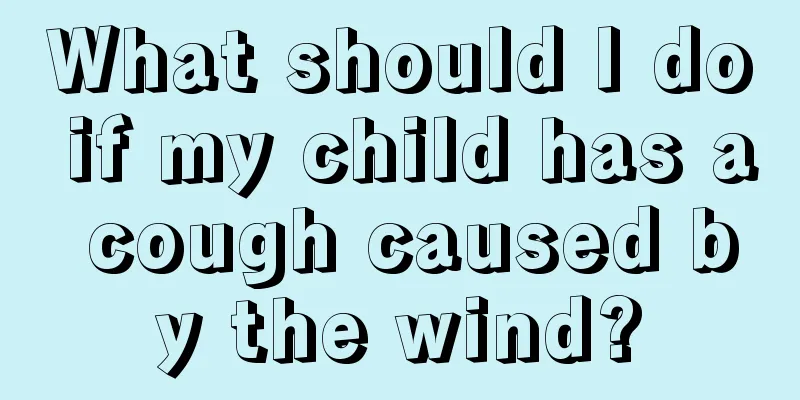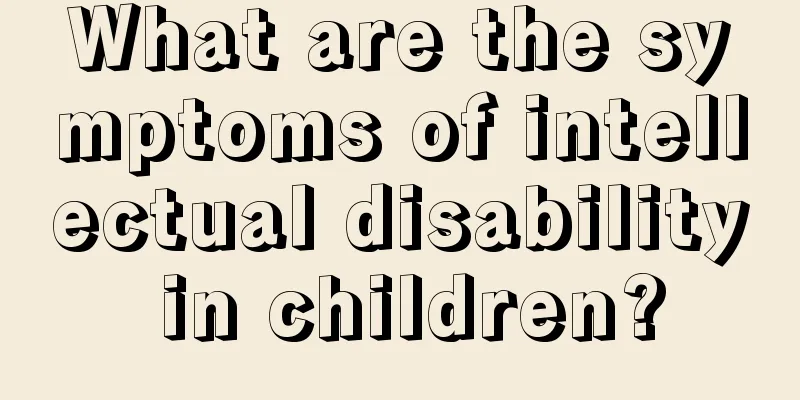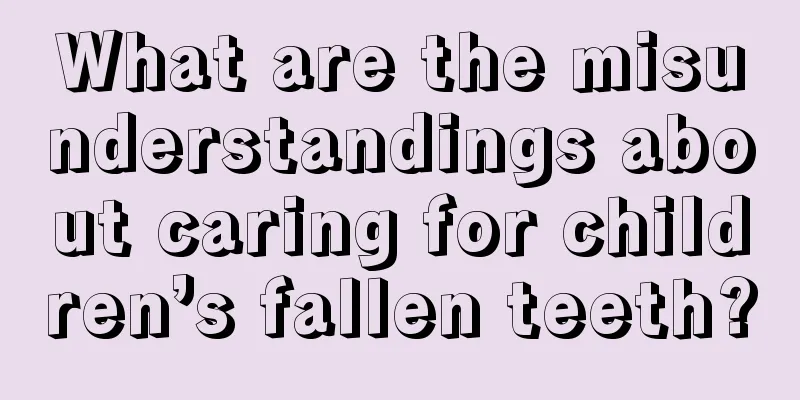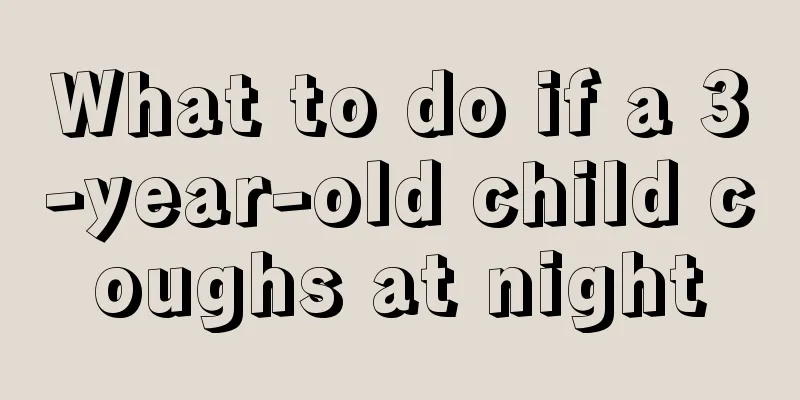What is the cause of the baby's fever and rash?
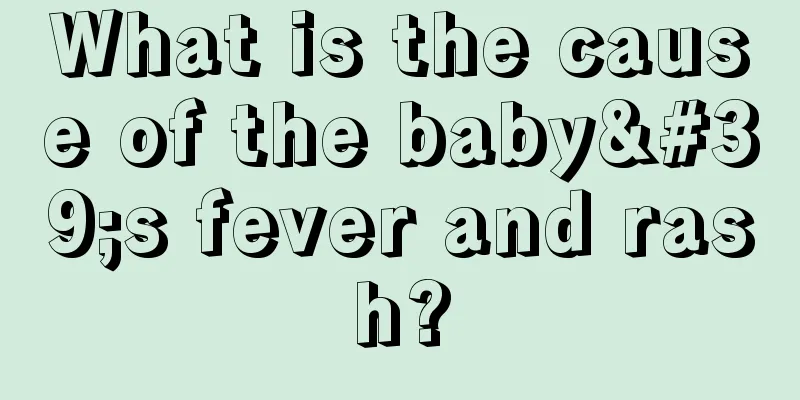
|
Parents are most afraid of their children having a fever or a cold, because children cannot express their discomfort in words, so it always makes people feel particularly distressed. But sometimes no matter how well we do, the baby will still get sick. We want our children to grow up healthily, and perhaps getting sick is inevitable on the road to growth. But what happens if the baby develops a rash after having a fever? This makes parents particularly worried. So what is going on when babies have fever and rash? Let’s learn more about it! The incubation period of roseola infantum is approximately 10 to 15 days. Although it is a contagious disease, it is very safe and will not spread as widely as measles or chickenpox. The chance of family members being infected at the same time is low. The baby first has a high fever that lasts for 3 to 4 days, with a body temperature between 39 and 40 degrees. After the fever subsides, a rash quickly appears all over the body, and the rash disappears quickly, without desquamation or pigmentation. These babies also have fever before the rash appears, and the fever can be quite high, but the symptoms of a cold are not obvious. Their spirits and appetite are still good. Their throats may be a little red, and the lymph nodes in the neck and occipital region can be felt but are not tender. There are no other symptoms or physical signs. When the body temperature is about to drop or has dropped, and a rose-red rash appears all over the body, people suddenly realize that the roseola infantum is almost over. In fact, this is called "fever rash" in medicine, which is a unique manifestation of roseola infantum. Roseola infantum has no effect on the baby's health, and once it occurs, the baby will be immune for life. Roseola infantum has the property of self-healing and has a good prognosis. The treatment principle is mainly symptomatic treatment. In case of high fever, physical cooling should be given, and antipyretics should be used appropriately to prevent high fever convulsions; the child should rest in bed, replenish adequate water, and be given easily digestible food; Chinese medicine for clearing heat and detoxifying should be used appropriately, such as Banlangen Granules, Qingjie Mixture, or antiviral oral liquid. When convulsions occur, sedatives such as phenobarbital and diazepam can be given; when diarrhea occurs, antidiarrheal and digestive drugs can be given. We know the reasons why babies have fever and rashes. Parents are very worried when their babies are sick. Of course, young parents do not have so much experience, and they will still be nervous and at a loss when encountering things. In fact, parents should be more rational. No matter what, if they cannot handle things well, they should trust the doctor, so that the baby's condition can be treated and relieved quickly. |
<<: What should I do if my baby has diarrhea on the third day of fever?
>>: What happens when a baby has a fever and convulsions?
Recommend
How can children enhance their immunity?
In life, there are always many children who get s...
Clinical symptoms and western medicine treatment of hemolytic disease in children
If children suffer from hemolytic disease and do ...
Is bone cracking in teenagers due to calcium deficiency?
Teenagers often encounter calcium deficiency prob...
Gastroesophageal reflux cough in children
The stomach is an important digestive organ in th...
What is the baby lacking in oral ulcers
It is quite common for infants and young children...
What causes superficial lymphadenopathy in children?
Children are the fruit of their parents' love...
How to treat hunchback in children?
A child's hunchback is caused by a spinal def...
Can children eat more watermelon?
When summer comes, the weather is scorching hot. ...
What to do if your two-year-old baby has a runny nose
It is very important for the baby to be healthy w...
What to do if your three-year-old baby wets the bed
It is normal for a three-year-old baby to wet the...
What should I do if my autistic child can’t sit still?
There are more and more children with autism, and...
What are the symptoms of baby teething?
The baby's budding period refers to the time ...
Is synovitis serious in children?
Have you heard of childhood synovitis? There are ...
What should I do if my arm is swollen after getting a vaccination?
After the baby is born, timely vaccination is nec...
What are the hazards of high-speed rail for newborns?
Newborn babies have poor body resistance, so they...
